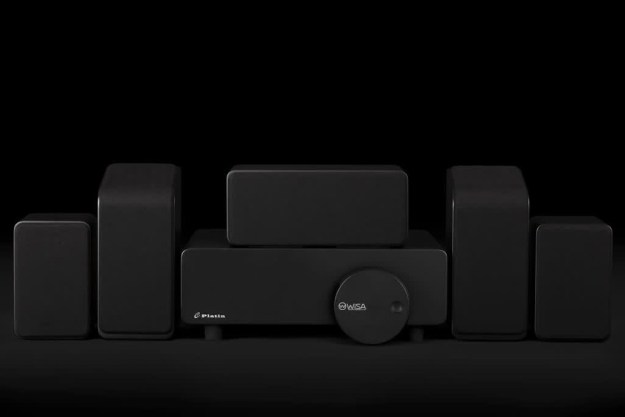Stereo sound has ruled music production for decades, but much like mono sound before it, stereo’s time may be slowly coming to an end. Over the past few years, there’s been a growing movement in the recording industry toward so-called spatial audio formats. The most popular of these formats is Dolby Atmos Music, and it can make good ol’ stereo sound like mono AM radio.
But what exactly is Dolby Atmos Music? How is it different than stereo? And what kind of gear do you need to listen to it at home and on the go? We’ve got everything you need to know to get on the Dolby Atmos Music train.
What is Dolby Atmos Music?
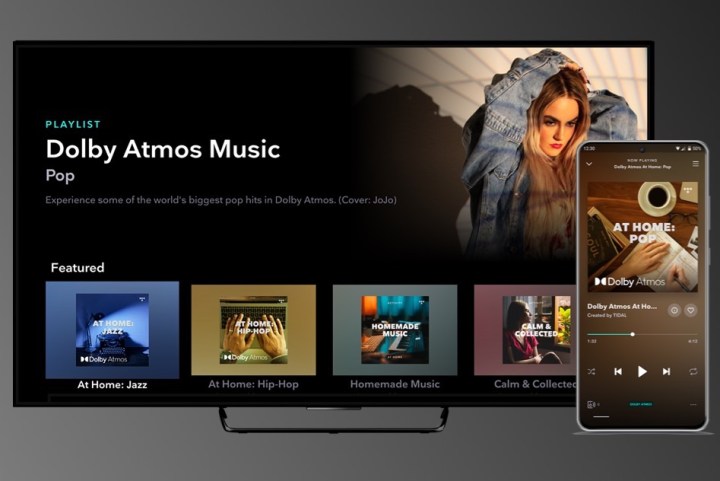
If you’ve been to see a blockbuster action movie in the theaters, you’ve probably already heard what Dolby Atmos can do for movies with its immersive, three-dimensional sound field. Dolby Atmos Music puts that same technology into the hands of musicians and producers, letting them craft songs and other recordings that possess a greater sense of space and depth than the traditional stereo recordings we’re used to.
More on Dolby Atmos:
- What is spatial audio?
- The ultimate guide to Dolby Atmos
- Why your next soundbar should have Dolby Atmos
Keep the channels open
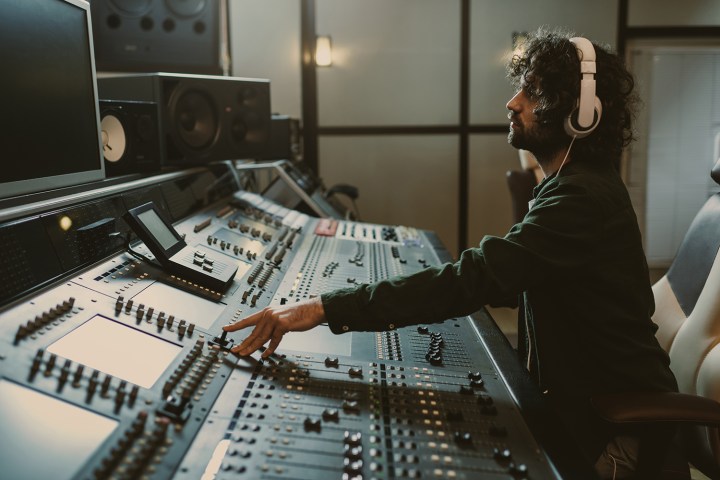
It all starts in the studio. In the world of stereo recordings, engineers use multiple tracks to record different parts of the same song. Drums go on one track, lead guitar on another, and so on. When everything’s finished, the producer and engineer may elect to “pan” some of those tracks more to the left or right in order to create an immersive stereo mix, but the result is always two-channel sound — one channel for each speaker in a stereo pair.
Dolby Atmos Music works differently. Instead of being limited to just two channels, it uses the same 9.1-channel, 7.1.2 surround-sound format as the home theater version of Dolby Atmos.
And just like theatrical Atmos, Atmos Music can take advantage of an additional 118 sound “objects,” which can move independently and freely in 3D space.
In other words, instead of having a single track for the drums and then deciding how far to the left or right the drums should sit in a stereo mix, the producer could take just the snare drum and move it all around a room, or have it come from just one overhead speaker at the back of the room, or have it come from all of the speakers at once.
If you’ve ever been in a Dolby Atmos theater and heard a helicopter fly overhead from one corner of the room to another, you’ve already experienced how this technology can make movies more immersive. Dolby Atmos Music uses the same concept but with the goal of immersing you in a song instead of a movie.
It’s an unprecedented degree of control for producers, and much like the 3D effect in movies, it can feel jarring or even cheesy if it’s executed in a ham-fisted way. But by the same token, it can also feel sublime when the spatial options are manipulated by a deft and experienced hand.
How can I listen to Dolby Atmos Music?
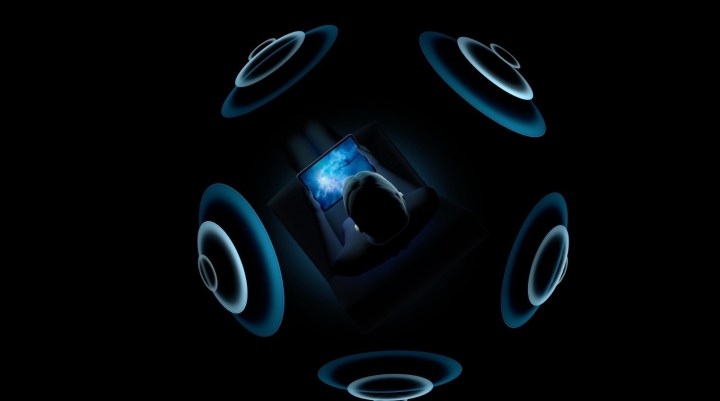
Listening to Dolby Atmos Music is possible when you have a source of Dolby Atmos Music and an audio device that is capable of playing this format.
Atmos Music sources
For most people, the easiest way to access Dolby Atmos Music tracks will be to use a music streaming service. As of March 2024, your options are Apple Music, Tidal, and Amazon Music. Currently, only Amazon Music and Apple Music include Dolby Atmos Music tracks with their standard individual subscriptions, but Tidal will be moving to a similar pricing scheme in April 2024.
Unfortunately for Spotify fans, that service hasn’t announced any plans to offer Dolby Atmos Music tracks. This may change if Spotify ever launches its promised Hi-Fi lossless music tier.
For audiophiles, the very best Dolby Atmos Music source is Blu-ray discs. Blu-ray discs can be used to play Atmos Music, and several albums have been released in this format. Beatles fans will be happy to know that Abbey Road happens to be one of them.
These include live concert performances as well as special Dolby Atmos versions of music albums, like the 30th Anniversary release of <em>Kick</em> by INXS.
The biggest advantage of Dolby Atmos Music on Blu-ray is that the audio is presented in Dolby TrueHD, a 24-bit, high-resolution lossless audio format, making it the highest possible quality for Atmos, as opposed to streaming services, which only offer Atmos Music in the lossy, Dolby Digital Plus format.
Atmos Music-capable devices
Home theater gear
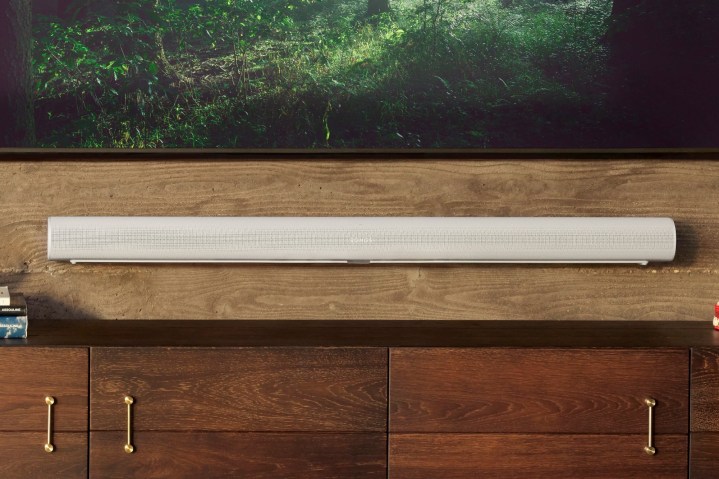
If you own a Dolby Atmos-capable soundbar or AV receiver (AVR), they’re also Dolby Atmos Music-compatible when used with the right software or accessories, such as:
- A Dolby Atmos-capable streaming device like the Apple TV 4K, Google Chromecast, Amazon Fire TV Stick 4K Max, or Nvidia Shield TV/Shield TV Pro.
- You’ll need a streaming music app from one of the services that has an Atmos Music catalog (Apple Music, Tidal, or Amazon Music) and a subscription level that gives you access to those Dolby Atmos Music tracks.
- Some services like Netflix offer live concert videos in Dolby Atmos, like Taylor Swift’s Reputation Stadium Tour. Again, you’ll need the appropriate subscription level to get access to Dolby Atmos content.
- A Dolby Atmos-capable Blu-ray player.
- You’ll need Blu-ray discs that include Dolby Atmos audio tracks.
For either of these scenarios, you’ll need to make sure your audio system receives its signal from an HDMI connection. Connecting a Blu-ray player to your TV via HDMI and then connecting your TV to your soundbar via optical cable won’t work. For more on Dolby Atmos’s connection requirements, see our explainer.
Alternatively, we’re beginning to see AVRs that have built-in Dolby Atmos Music streaming support, like Pioneer Elite’s latest flagship, the VSX-LX805.
Some Dolby Atmos-capable smart TVs, like LG’s 7-series OLED TVs and newer, support streaming music apps like Apple Music, but they don’t necessarily support Dolby Atmos Music as a format. Be sure to check all of the specifications for your setup.
If you’re a Sonos user, you have one more choice: As long as you own a Sonos Arc, Arc SL, or a Beam Gen 2 soundbar, you can stream Dolby Atmos Music tracks from Amazon Music directly to these speakers using the Sonos app. Starting at the end of March 2023, they will also support Atmos Music streaming from Apple Music.
Wireless speakers
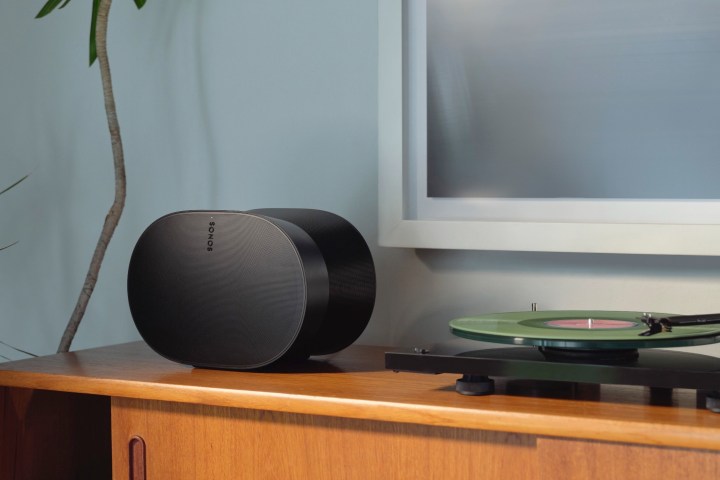
There are currently four wireless speakers that are Dolby Atmos-compatible.
- Apple’s second-gen HomePod, which can play Dolby Atmos tracks from Apple Music
- The Amazon Echo Studio 3D wireless smart speaker, which can do the same thing using Amazon Music
- The Sonos Era 300, which is able to play Dolby Atmos Music tracks from Amazon Music and Apple Music
- The soon-to-be-released Samsung Music Frame, which currently only supports Dolby Atmos Music from Tidal via Tidal Connect
Smartphones and tablets

Unlike Dolby Atmos Music on soundbars, AVRs, or wireless speakers, which all require Atmos-compatible gear, an increasing number of smartphones and tablets are Dolby Atmos-compatible and don’t require any additional hardware. It’s made possible through the science of binaurally rendering spatial audio — a way of delivering sounds to each ear in such a way that mimics what we would hear if the sounds were coming from all around us. To hear it, you’ll need:
- Any set of wired or wireless headphones
- A phone that supports spatial audio or a streaming app with spatial audio support
- A streaming service with a Dolby Atmos catalog — and the app must support streaming in Dolby Atmos on your particular phone
The Apple iPhone 7 and newer models all support spatial audio, as do the following Apple iPads:
- iPad Pro 12.9-inch (3rd-generation) and later
- iPad Pro 11-inch
- iPad Air (3rd-generation) and later
- iPad (6th-generation) and later
- iPad mini (5th-generation) and later
Spatial audio support is included in Android 13 and newer versions of Google’s mobile software, which means that if an app is Dolby Atmos Music-compatible, your Android 13 or newer phone should support it.
If your phone is running an earlier version of Android, it might still support Dolby Atmos Music — select models from Samsung, Motorola, LG, Sony, and Huawei already provided this capability prior to Android 13. Amazon Music is an exception to all of these rules — Amazon has embedded full Dolby Atmos support into its app, making it independent of any given phone’s capabilities — including older iPhones.
What kind of music is available in Dolby Atmos Music?
You’ll find a huge variety of genres in Dolby Atmos, from old classics (and classical) to fresh new tracks from the youngest up-and-coming musicians. All of the big three music labels and thousands of independent artists are delivering tracks in Dolby Atmos to streaming services.
Taylor Swift, Billie Eilish, Tyla, U2, Flyana Boss, Kenny Chesney, Justin Timberlake, Ariana Grande, St. Vincent, Shakira, and Peso Pluma are just a handful of major artists who have released Atmos recordings.
In fact, 92% of Billboard’s 2023 Year End Top 100 Artists have released music in Dolby Atmos, according to Dolby Labs, and labels continue to remaster older stereo works into Atmos so that they can be enjoyed in an entirely new way.
This push to produce content in spatial audio has been given a serious extra kick thanks to Apple’s offer of a bonus for every spatial audio track that is submitted to Apple Music.
While this approach may encourage labels to rush the remastering process — possibly leading to less-than-thoughtful immersive versions of older material — it’s likely a good thing for existing artists. Recording in Atmos can be more resource-intensive in terms of both time and money. That said, accessing an appropriate studio is easier than ever. As of March 2024, there are more than 1,000 studios that let artists record and mix in Dolby Atmos.
Are there any other ways to experience Dolby Atmos Music?

Some clubs are beginning to install Dolby Atmos Music systems that give performing DJs the ability to control their music in 3D space around the club. These include Ministry of Sound in London, Sound-Bar in Chicago, and Halcyon in San Francisco.
Are there any competitors to Dolby Atmos Music?
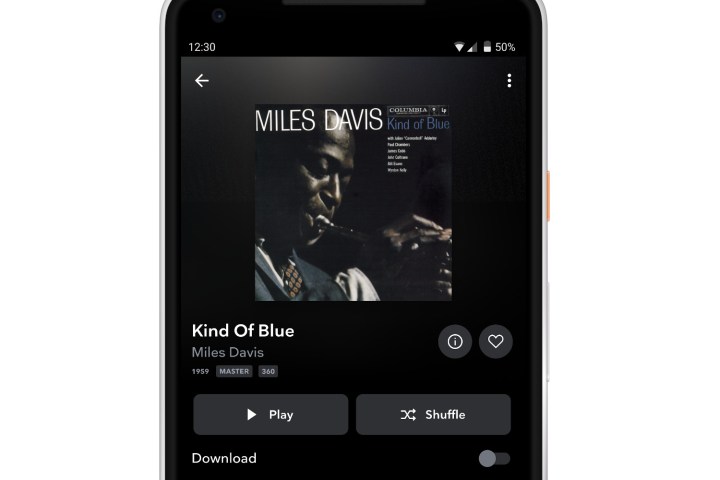
Atmos Music’s most significant competition comes from Sony. The 360 Reality Audio format (360RA), which gave our staff the chills during its launch demo at CES 2019, is also an immersive, object-based audio format for both speakers and headphones. It made its streaming debut on the Deezer music service in October 2019 and arrived on Tidal shortly afterward. You can now find 360RA tracks on Amazon Music and Nugs.net, too.
So far, 360RA hasn’t proven as popular with artists or listeners, and it currently falls short on both the recording and playback sides of the equation. The jury is still out on whether 360RA is a better listening experience. Early reviews of Sony’s 360RA speakers, the SRS-RA3000 and SRS-RA5000, suggest that Dolby doesn’t have to worry — not in the short term, at least.
However, as the owner of the massive Sony BMG music publishing empire, Sony has a big advantage in pushing its concept of immersive music forward, so things may yet change.
The newest Atmos competitor comes from a partnership between Google and Samsung. Known currently as IAMF, it’s an open-source format for spatial audio. At the moment, the partnership seems focused on getting the format adopted by video services, but there’s no reason why it couldn’t be used for music, too.
The next few years will be critical to the success of these competing technologies. And yes, consumers will most likely find themselves caught in another format war.
Editors' Recommendations
- How much is Apple Music, and how can you get it for free?
- How to buy a soundbar: from size to subwoofers, which is the best for you?
- The ultimate guide to Dolby Atmos: what it is and how to get the best possible sound
- Dolby Atmos FlexConnect could eliminate home theater soundbars and HDMI cables
- What is MPEG-H? The burgeoning 3D audio standard explained


